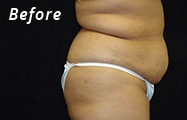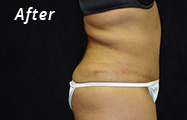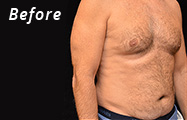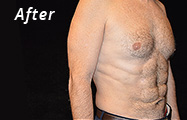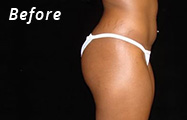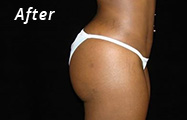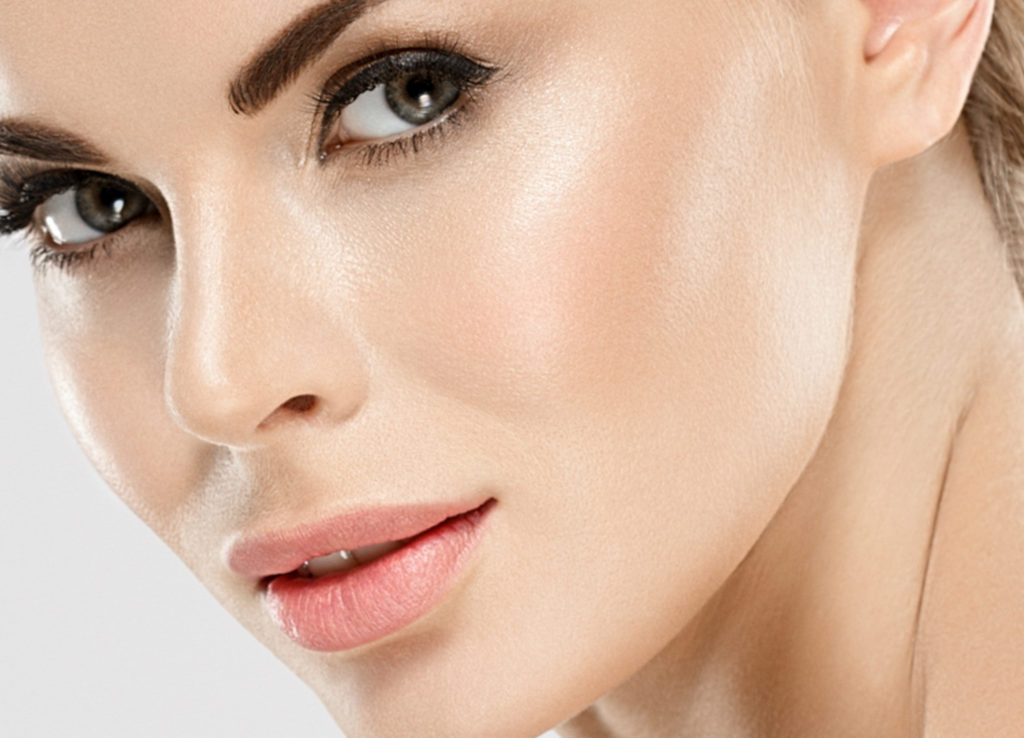Microneedling
Conveniently located to serve the areas of Baltimore, Columbia, Ellicott City and Maryland
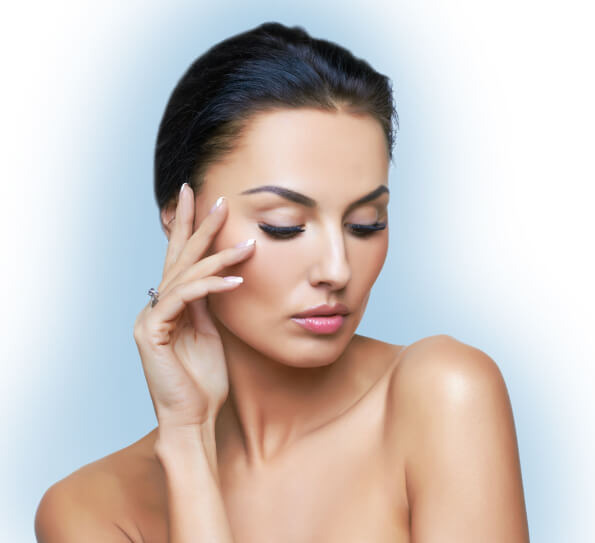
Microneedling is a skin-safe procedure that triggers dermal collagen growth to treat a variety of cosmetic concerns. While creams, serums, and ointments are marketed as the “cure-all” for perfect skin, many of our clients can attest that these products fall short of providing noticeable results. However, with microneedling, our aesthetics team has given hundreds of patients clearer, younger-looking skin in one quick and easy procedure. Unlike ineffective topical cosmetic products, microneedling reaches under the blemishes and incites a wave of restorative properties to repair the aged or damaged skin from the inside out. That is why our team at Metamorphosis is eager to offer the enhanced effects of microneedling to our clientele. If you would like to see younger, blemish-free skin after one visit, schedule a consultation at our Ellicott City offices by filling out this online form. Those who would like to speak with us directly can call our front desk at (410) 465-3600.
Contents
Dive Deep In the Dermis
Our skin is a complex organ. Every second of every day, our skin continually regenerates new cells to repair or replace damaged ones. To keep up with this constant turn-over, our skin needs an abundant stream of fresh cells to grow new tissue. Fibroblast cells in our dermis are responsible for producing new collagen and elastin fibers: the two proteins in charge of keeping our skin’s internal structure tensile and durable. When these fibers are healthy and robust, external factors like sunlight, free radicals, and pollutants can’t affect the appearance of our skin. The fibers remain strong, keeping our skin smooth and blemish-free. However, like all of our body’s systems, fibroblast cells wane in production with age. So, our existing collagen and elastin fibers receive less reinforcement the older we get, causing them to loosen. Around the age of 65, women have lost 60% of their collagen supply, and that number continues to decline as the years pass.[1] Because topical products like creams, serums, and lotions don’t reach the internal layers in the skin, they can’t treat the damaged or broken collagen fibers. To reach deep in the dermis and flip collagen production back into gear, microneedling is the perfect solution.
About Microneedling
Also known as collagen induction, microneedling involves thin, millimeters-long needles that penetrate the outer layer of the skin to create micro-channels that extend deep into the dermis. This process tricks the body into a wound-healing response. Typically, when an injury occurs on the skin, the brain goes through a process to stop blood loss, cover the wound, and generate new tissue. With microneedling, we use this process to our advantage.
Microneedling triggers regenerative processes in the dermis while activating a non-inflammatory wound healing response in the target tissue.[2] The body releases restorative cells and molecules like platelets to help the tissue generate new cells and build back strong, tensile fibers in the tissue. For the next two weeks, fibroblasts ramp up collagen production to close the wound.[3] New blood vessels form and bring more restorative cells to the area, while immune cells trigger the production of even more collagen fibers. Different cells and regenerative mechanisms work in tandem. These mechanisms invariably cause wrinkles to disappear and fine lines to smooth out from the patient’s complexion. After these two weeks, the body regenerates its normal tissue structure and function by replacing the temporary support system. One of the ways it does this is by producing Type I collagen instead of Type III.[4] Type I collagen is firmer and more equipped to handle future stress than Type III collagen. This collagen forms large, robust fiber bundles that lead to firmer, stronger skin. Around two weeks after a microneedling session, the skin appears smoother, more tensile, and younger. It is in this phase patients typically see their desired results.
Benefits
There are many different options when considering facial rejuvenation, but none of these alternatives carry the same benefits of microneedling. With its ease of use and remarkable results, microneedling provides a simpler procedure with more lasting effects than other treatments that promise the same results.
Treats A Wide Range of Conditions
Many different types of facial blemishes can be softened and even erased by the restorative effects of microneedling. During your consultation, we will be able to better assess your unique skin profile and determine if microneedling is right for you. Those who have the following conditions routinely see outstanding results with microneedling:
- Acne or mild traumatic scars
- Wrinkles
- Sunspots
- Large pores
- Uneven skin tone or texture
- Fine lines
Non-Surgical Procedure
Other facial rejuvenating procedures involve extensive preparation and surgical requirements. However, with microneedling, the patient lays down comfortably in one of our private treatment rooms. One of our expertly trained aesthetic nurses will gently penetrate the target areas at the proper depths, ensuring the skin has been treated thoroughly. There is no need for anesthesia, although a topical numbing cream may be applied. You will be free to walk out of our care and resume your daily routine. Unlike surgical alternatives, microneedling does not call for long recovery times. It is perfect for those who need remarkable results and doesn’t have time in their busy schedules for downtime.
Customizable Treatments
The root of each blemish exists at different layers in the skin. Acne scars reach deeper into the dermis and need a longer needle to poke through to reach the underlying fibroblast cells. On the other hand, wrinkles and sunspots are more superficial blemishes, so reaching the underlying fibroblast cells requires a shorter microneedle. To treat this range of blemishes, we use different lengths of microneedles. During one session, we might use more than to carefully treat each blemish more effectively. This allows for patients to customize their procedure and see a complete rejuvenation.
Lasting Results
Once the treated areas undergo a wound healing response, the restored collagen and elastin fibers remain strong and tensile for years to come. In the months after a microneedling session, you can expect to see results continually improve as new collagen and elastin repair and soften the appearance of blemishes.
Candidates
For those interested in experiencing the benefits of microneedling, please schedule a personal consultation at our Ellicott City offices. Here, we will note if you are eligible for microneedling. If you have any of the aforementioned conditions, then you might be a perfect candidate. Patients who are not eligible have active viral infections, eczema, or cystic acne on their face as microneedling with spreading the bacteria may aggravate the outbreak.
Personal Consultation
If this is your first time with us, we will begin with a short new patient intake interview and a physical examination. Typically, new patients express many different cosmetic concerns, so we will listen to any other aesthetic issue you might have that microneedling doesn’t address. Our aesthetic nurses will recommend additional services to help you achieve your desired aesthetic. We will then inspect your trouble spots. If microneedling is the right fit for you, we will schedule a time and date for your treatment. In the interim, follow the list of preparatory steps to ensure a safe and optimal procedure.
Preparation
Before your procedure, make sure to follow this list of instructions.
- Avoid blood-thinning medications such as aspirin, ibuprofen, and NSAIDs as these will cause excessive bleeding during your treatment.
- Avoid prolonged sun exposure. Undergoing microneedling with a sunburn or tan will not yield beneficial results.
- Come to your appointment with a clean face. Make-up or topical products will interfere with the microneedles.
Procedure
We begin a microneedling session by having you lie down comfortably in a chair. After administering a topical anesthetic, we will take the microneedling device and treat the entirety of your skin. You might feel a tingling sensation as the needles gently poke through your skin, activating your body’s wound healing response. If you feel any discomfort, please let us know, and we can accommodate accordingly. Once we have treated your skin thoroughly with the appropriate length of needles, you will be free to leave our care and resume your daily routine. This procedure is so quick and easy that many of our patients love scheduling it over their lunch breaks!
Recovery & Results
After your session, your skin may be red, tender, and a little swollen. Continue to avoid blood-thinning pain killers as these will disrupt your body’s inflammatory response. Also, avoid any topical products for the next few hours. After a couple of weeks, you will see that your skin looks smoother, younger, and more radiant. After a couple of months, your skin will have a completely new glow.
How Much Does Microneedling Cost in Baltimore?
Microneedling is a customizable procedure that can treat many different skin conditions during one session, and the cost of your unique treatment will depend on the number of conditions you have treated. We will discuss and determine the price of your treatment during your consultation. To stay up to date on the latest in the aesthetics industry, visit our blog. If you have any questions, don’t hesitate to call us at (410) 465-3600.
References
- Reilly, D. M., & Lozano, J. (2021). Skin collagen through the life stages: importance for skin health and beauty. Plastic and Aesthetic Research, 2021. https://doi.org/10.20517/2347-9264.2020.153
- Ramaut, L., Hoeksema, H., Pirayesh, A., Stillaert, F., & Monstrey, S. (2018). Microneedling: Where do we stand now? A systematic review of the literature. Journal of plastic, reconstructive & aesthetic surgery : JPRAS, 71(1), 1–14. https://doi.org/10.1016/j.bjps.2017.06.006
- Gonzalez, A. C., Costa, T. F., Andrade, Z. A., & Medrado, A. R. (2016). Wound healing – A literature review. Anais brasileiros de dermatologia, 91(5), 614–620. https://doi.org/10.1590/abd1806-4841.20164741
- Landén, N. X., Li, D., & Ståhle, M. (2016). Transition from inflammation to proliferation: a critical step during wound healing. Cellular and molecular life sciences : CMLS, 73(20), 3861–3885. https://doi.org/10.1007/s00018-016-2268-0




.png)
